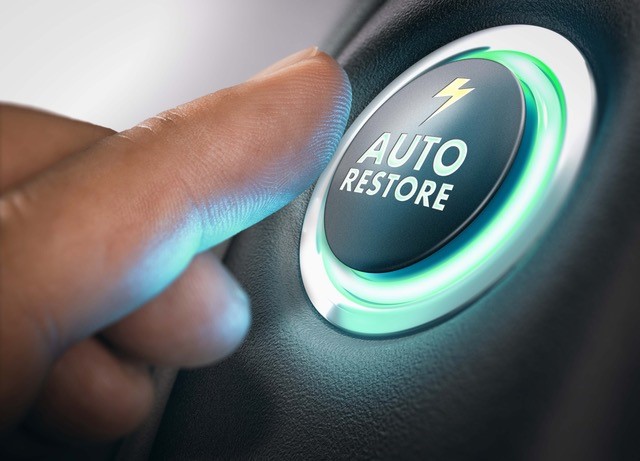Who would think that a one-pound rodent could do so much damage? Just this month, reported by the NY Daily News, a single squirrel in a suburb of Buffalo, NY caused a fault that impacted multiple substations, resulting in a three-hour outage for more than 12,000 customers.
Utilities, of course, are well aware of the problems squirrels, birds and other small animals can create for distribution systems. Dominion Virginia Power reported 4,700 animal-related outages in 2015 alone.
Protective guards and covers certainly help to limit the potential from animal damage. But sensing technologies used with analytics software are gaining popularity to help map and plan placement of protective guards, while also maintaining working status of equipment already deployed.
And when it comes to outage response from these incidents, intelligent distribution devices and sensors are providing the critical information necessary to restore power faster than before.
While nature can be hard on distribution systems, grid modernization and advanced analytics are helping utilities stay a step ahead and respond more effectively when reliability is at stake.
Read more about what other utilities are doing to increase reliability, "Lighting the Way: Technologies that boost Reliability," and answering the question, how can utilities proactively improve resiliency before disaster strikes, in the white paper "Natural Disasters and Improving Community Resiliency: Proactive Energy Approaches."










Leave a comment